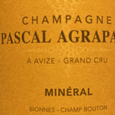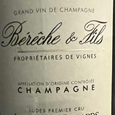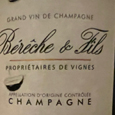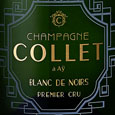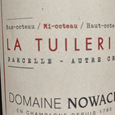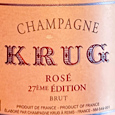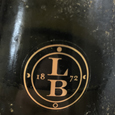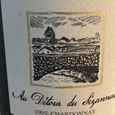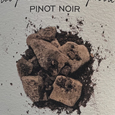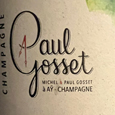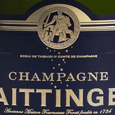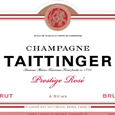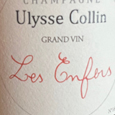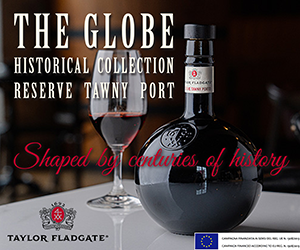On the heels of the botrytis blighted 2023 vintage in Champagne, 2024 has been particularly challenging.
First and ever foremost, the weather. Wet. When I visited the region in January / February, it had been raining every single day since October 2023. An average year sees 750mm rainfall in Champagne. From October 2023 to October 2024, cumulative rainfall reached 1250 mm, making working the vines messy and complicated at best.
The mild, wet winter led into a cooler, wet spring. Parts of the Côte des Bar were blitzed by late April frosts (up to 80% losses reported), while a swath of the Marne Valley (500 hectares) were knocked with May hail damage.
Months of dampness and humidity set the stage for widespread downy mildew that kicked off in early summer, making dedicated and regular spraying (whether organic or conventional) a must. Affected bunches are lost, dropping yields, though downy doesn’t hinder the quality of the remaining bunches.
After a moderate summer, bar an expected heatwave in late August that sunburnt some unexpecting grapes, the rain returned again during harvest, diluting hopes and wine. 72mm of rain fell on September 25 and 26 in the Côtes des Blancs. According to Didier Gimonnet, of Pierre Gimonnet et Fils, 2024 was “one of the most difficult years in the last 40 years.”
Outside of the region, the current outlook for Champagne isn’t much better. Sluggish and uncertain global economies have stifled champagne sales. Champagne shipments in the first half of 2024 totalled 106.7 million bottles, down 15.2% compared to the same period in 2023. An overstocking by importers and monopolies in 2021-2022, buoyed by the unexpected Champagne boom of the pandemic, is just another contributing factor slowing sales and shipments. As such, the Champagne Committee (CIVC) set the available yield for 2024 at 10,000 kg/ha, a lower level than for the previous harvest (11,400 kg/ha) to take into account the situation on the export markets. This adjustment is expected to cap production at under 290 million bottles, one of the lowest levels seen in recent decades.
When you sum up losses from frosts, hail, and mildew, some producers, especially in the Aube, are facing losses of 95%. Many across the appellation are still reeling from the widespread devastation of pinot meunier in 2023. Certainly, many producers will dip deeply into their reserve wines, if they carry any, which will alter the plan for future years’ blends and programming.
I’m also seeing far fewer selections on Canadian shelves this year, as importers are hesitant, prices have risen, and economies are tight. Even many of the Grandes Marques, the illustrious big houses, are scarce. I see many little known brands, many of them CM (Coopérative de Manipulation, or Co.Ops), MA (Marque Acheteur, or buyers own brand), or RC (Récoltant-Coopérateur, where a Co.Op makes a large batch of wine for growers, and then the growers brand and sell it as their own). While these all certainly have their place in the global scheme of Champagne, what they sadly lack completely is a sense of place.
When you’re purchasing Champagne, I hope you do copiously, and try to seek out wines with a story. Read labels. Watch for disgorge dates. Look at a map of Champagne and see where the fruit is growing (De Long maps are my favourite). In this report of 135 wines, whenever I can, I’ve provided details on the people behind the wine, the history of the house, and where the grapes come from to help you. We’ve tried to find a Canadian price for the wines, though if the wines aren’t currently available in Canada, we’ve listed the French price in euros or the American price in US dollars. Santé!


 quicksearch
quicksearch





